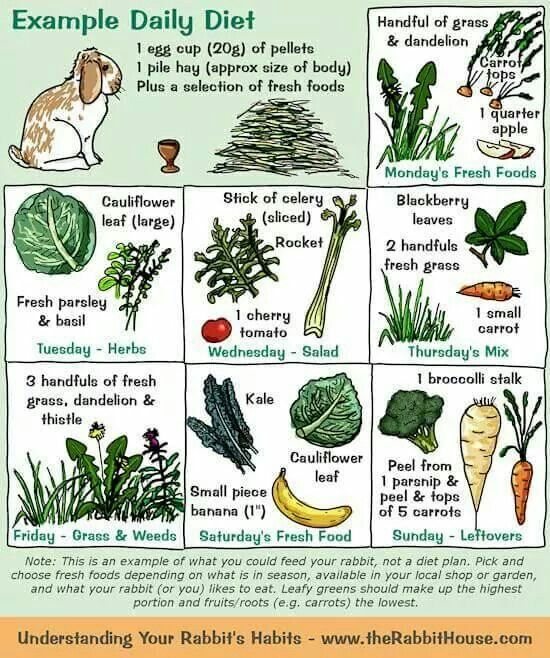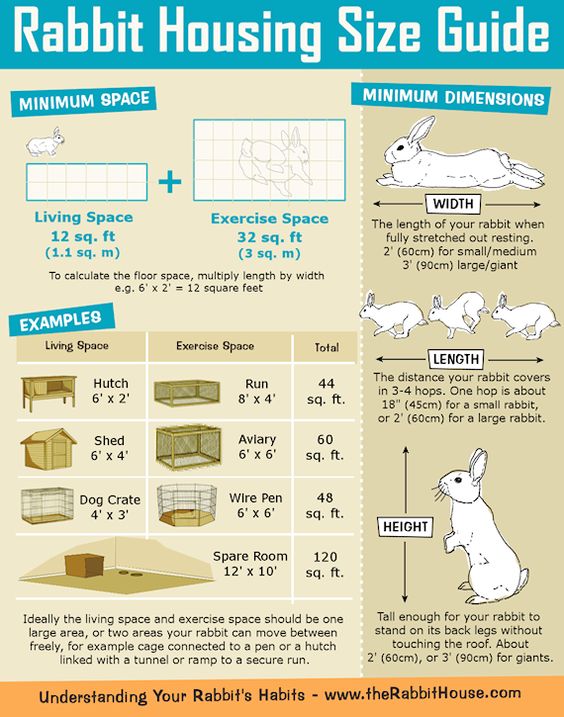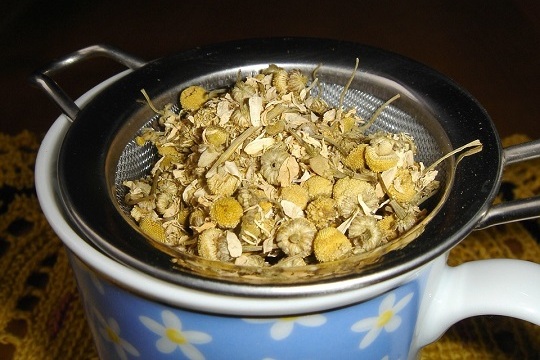Food and water are essential survival items in every imaginable survival scenario.
Buying and stockpiling most of your emergency food may be the only option for urban dwellers, while learning how to grow and raise your own survival food, provided you have the possibility i.e. you live in “flyover America”, is an essential skill to master for any prepper.
However, there are numerous other reasons why you should learn how to grow/raise your own food. Food that is easy to grow and breed, and multiplies like rabbits.
The cost factor comes into play more often than you may think, and that’s why many preppers are starting to farm at least a portion of their (decorative) gardens in order to grow fruits, vegetables, herbs, and medicinal plants. And even if you’re an urban dweller, you can grow something using containers on your balcony and things of that nature.
Moreover, if you live in the countryside, the possibilities are almost endless, and that brings us to today’s article, which will teach you a thing or two about how to build a rabbit coop.
Why rabbits, one may ask?
Well, to begin with, rabbits breed like, well, rabbits. And their meat is exceptionally tasty and healthy, i.e. low in cholesterol, low in fat and a great source of high quality proteins. Truth be told, rabbits are the multi-purpose tool for any twenty-first-century homestead.
Learn from our ancestors the old lessons of growing your own food!
Rabbits are awesome for numerous reasons: besides being a quasi-infinite source of survival food if SHTF, they breed fast, their fur is great for DIY-ing survival clothes and making wool, and they also make for an excellent source of manure for your survival garden. Also, rabbits are terrific pets for your kids and they require minimal space, time and relatively little money to raise.
Not to mention that if you’re getting serious about raising rabbits, you can sell what you can’t eat and make extra money for your homestead. With rabbits, it’s a win-win situation.
What Kind of Rabbit to Grow?
There are many different breeds of rabbits and each one serves best for a different purpose.
For example, Angoras are great for their wool, while Giant Chinchilla, New Zealand, and Californian are the best choice if you want high-quality and tasty meat.
Also, regardless of the breed, rabbits will provide you with 1 pound of potent, seed- and weed-free manure per week for your survival garden, which makes for an awesome fertilizer, especially for demanding (as in heavy feeding) plants.
When it comes to raising rabbits, the breeding part is the easiest, as they are very enthusiastic about fornication. Female rabbits will breed at any given moment, as long as they meet a buck, i.e. there’s no set estrous period for female rabbits (they’re just like humans in this regard).
The rabbit’s pregnancy period is approximately a month (28-30 days tops) and within hours of giving birth, the female rabbit will be ready to mate again and spawn another “batch” of little darlings! One buck will take care of up to thirty does, but to keep the gene pool in tip-top shape, you should use one buck to “service” 5 does max. A mature and healthy doe (female rabbit) will give birth to 5 -10 young 4-6 times a year.
The ideal meat breeds are New Zealand and Californian, or a combination of the 2.
But don’t worry; the rest of the “deal” is equally hassle-free, as rabbits only have basic needs in order to flourish—food, water and shelter—together with a cozy place to nest.
As per food, rabbits thrive on high-quality hay. High-quality hay has a nice sweet smell, but watch out for water damage, i.e. make sure there’s no mold (your rabbits may get sick). Besides hay, rabbits love to eat birds-foot trefoil, red clover, Kentucky bluegrass, alfalfa, timothy and basically every type of native grass you can put your hands on.

Besides food, your rabbit coop should be furnished every day with clean water, but be extra careful so your rabbits don’t contaminate the water source (the same goes for the food!) with their body waste, as they’ll get sick pretty quickly and die in droves.
Keeping your rabbit coop clean is essential for the well-being of your rabbit population.
How to DIY a Rabbit Coop
And here’s where the rabbit coop comes into play. DIY-ing your own rabbit coop/hutch will cost you less than purchasing pre-made, commercially available models and the building process is not very complicated, regardless of one’s skill levels with regard to basic carpentry.
Building a decent rabbit coop will only require some elbow grease on your part, along with some time, a little bit of money, and readily available tools. Very basic carpentry skills would be sufficient for building the nesting box, the feeder, the watering device and eventually a wire hutch.
And if you’re asking why use wire, well, the answer is simple: wire is cheap, durable, light, and, unlike wood hutches, rabbits can’t soil/gnaw through wire hutches.
Standard rabbit coops are built using wire and wood and depending on your preferences, they can vary greatly both in terms of shape and size. Also, the number of rabbits you’ll be keeping is a factor.

Obviously, there are many ways for designing/building a rabbit coop (or hutch, which is actually the more common name), but there are some things to remember regardless: the rabbit must have enough room to literally stretch out, and to sit up on its back legs.
The cage itself should be (at least) approximately 4x the size of your rabbit. Rabbit coops are typically separated into (at least) 2 compartments or sections, in order to provide separate sleeping areas for the rabbits.
Outdoor coops should be built on 4-feet tall legs as a method to repel predators. Rabbit tastes just as good to them as they do to us!
Here’s the first video tutorial on how to build a rabbit coop/hatch.
Video first seen on amybrett95. You could also check Part 2 and Part 3 of this video.
The lesson to be taken home is this: wire flooring is preferable to wood flooring in rabbit coops, as a rabbit living/walking around in its own body excrements (feces and urine accumulate quickly on the wood flooring) will quickly become sick and will probably die.
Wood flooring is extremely hard to keep clean. The only issue with wire flooring can be elegantly resolved with resting pads for your rabbits.
Here’s a cheap and easy version, i.e. how to build your rabbit hutch nice and easy without breaking the bank in the process.
Video first seen on Great Cove Adventures.
Easy DIY for Your Rabbit’s Water and Food
Here’s another video tutorial about a simple DIY rabbit feeder.
Video first seen on Stan Sullivan.
And here’s how to make the best DIY rabbit waterer.
https://www.youtube.com/watch?v=qJwiGj3hNqM
Video first seen on Martin Olivares.
Or, if you like, a DIY gravity-fed water feeder using plastic bottles.
Video first seen on High Standards Everything Poultry.
I hope this article helped give you some ideas for how to build your rabbit hutch. It will help you take one more step to your food independence, and live the healthy life our parents used to live.
Click on the banner below to discover more of their secrets!
If you have any suggestions, idea or comments, feel free to use the dedicated section below.
This article has been written by Chris Black for Survivopedia.


























































































As a rabbit PET lover, I would add that you can also eat dogs and cats as well. Rabbit meat has very little nutrient value. You have to kill quite a few rabbits to feed a family. They scream when frightened, can and will reabsorb their embryos to prevent giving birth and will stop eating and die from stress. Cats multiple just as quickly and along with dogs provide more and healthier meat as omnivores. Stick to eggs!
Very informative and helpful. Thank you.
In Texas, the problem is summer heat. We lost our first two does because we didn’t know how dangerous the heat could be. If raising rabbits in Texas, freeze 2 liter bottles containing water and put the frozen bottle in the cage replace when it gets warm.
Texas A&M developed a strain of New Zealand rabbit that is somewhat heat resistant for two generations of breeding stock. Good producers too. In cool areas as the northwest we had very good production from a Palminto buck and Satin doe s.
I did in fact raise rabbits as a teen on the family farm in WV. All of the above traits and replenishing capabilities are true. these animals serve to feed, clothe and serve as a barter item. We didn’t have a lot of money but we did eat well! Rabbits were not the sole food animal we raised. Dogs and cats were never considered for food as we were not that needy. Dogs & cats worked and served on the farm in other ways that a rabbit could never do. Guard rabbits!!? A mouser perhaps… Oh MY!!
I noticed you are using pressure treated lumber. I built one using pressure treated lumber and it killed the rabbits after they chewed on it. My daughter was very disappointed. I went back and built one using regular lumber for anything the rabbits could chew on. Good Luck.
Hey Megan, do you think refugees are harmless as well? You’re in the wrong company here sweetheart.
I also live in WV, and we always raised rabbits, they’re literally too good of a thing for your homestead to pass up! They’ve got more protein per pound than just about anything, their manure isn’t hot (meaning no composting first, you can use it directly!), also fatten your spring/fall hogs on them(the parts you don’t use sans the hair of course), and as far as cleaning up… They’re just about an easy assault on the nasal passages as you could ask for, we feed table scraps(plant material and some bread) to get some extra padding in before winter. Rabbits rock!